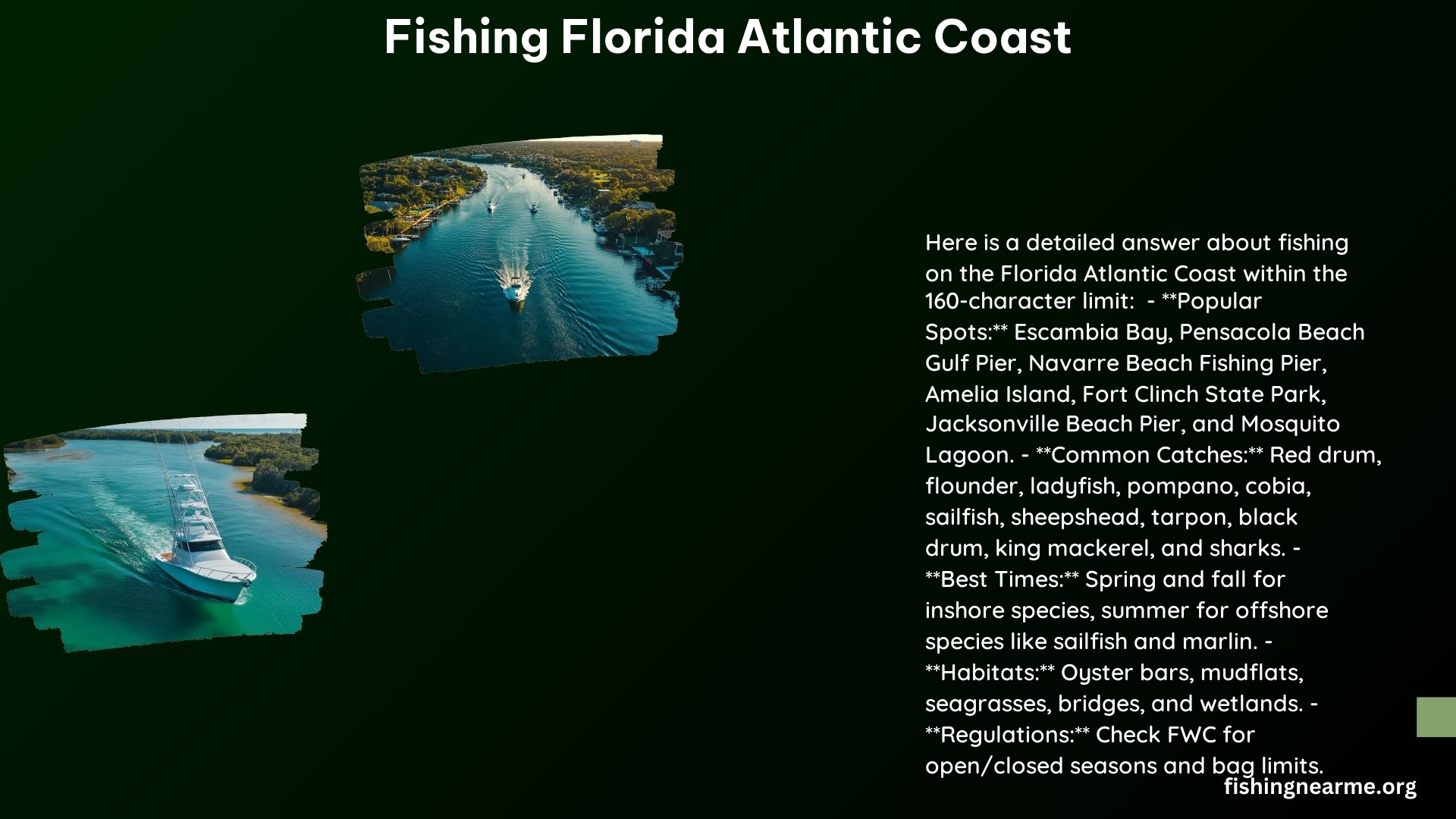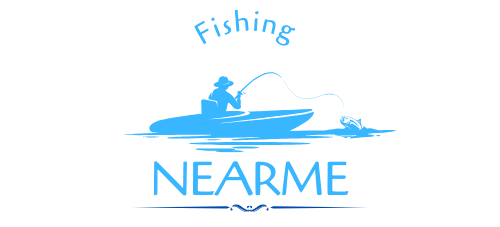Fishing on the Florida Atlantic coast offers a diverse range of species and techniques for both beginners and experienced anglers. From inshore sight-casting for redfish and snook to offshore trolling for sailfish and marlin, the Florida Atlantic coast is a premier destination for saltwater fishing enthusiasts. In this comprehensive guide, we’ll explore the best fish to target, the fishing regulations, and the most productive techniques to help you plan your next fishing adventure.
Best Fish to Target on the Florida Atlantic Coast
The Florida Atlantic coast is home to a diverse array of fish species, each with its own unique characteristics and challenges. Here are some of the top fish to target:
- Cobia: Found inshore and offshore, particularly in the spring.
- Redfish: Common in inshore waters, especially in areas like Mosquito Lagoon and the Indian River.
- Black Drum: Often caught inshore, particularly in the spring.
- King Mackerel: Found offshore, especially during the summer months.
- Snook: Common in inshore waters, particularly in areas like Mosquito Lagoon and the Indian River.
- Tarpon: Found inshore and offshore, especially during the summer months.
- Flounder: Common in inshore waters, particularly in the spring and fall.
- Sheepshead: Found inshore and offshore, particularly in the spring and fall.
- Spanish Mackerel: Found offshore, especially during the summer months.
- Sailfish: Found offshore, especially during the summer months.
Fishing Regulations for the Florida Atlantic Coast

Before you embark on your fishing adventure, it’s important to familiarize yourself with the fishing regulations in the area. Here are some key details:
- Licenses: Required for both residents and non-residents. You can purchase a license online through the Florida Fish and Wildlife Conservation Commission (FWC) website.
- Bag Limits: Vary by species, but generally range from 1-10 fish per person per day.
- Size Limits: Vary by species, but generally range from 12-40 inches.
- Seasonal Closures: Some species, like snook and tarpon, have seasonal closures to protect them during breeding and spawning periods.
Most Productive Techniques for Fishing on the Florida Atlantic Coast
The Florida Atlantic coast offers a variety of fishing techniques, each suited to different species and environments. Here are some of the most productive techniques:
- Inshore Fishing: Sight casting, fly fishing, and live baiting are effective for species like redfish, snook, and tarpon.
- Offshore Fishing: Trolling, deep-sea fishing, and fly fishing are effective for species like sailfish, marlin, and tuna.
- Deep Sea Fishing: Charters are available for deep-sea fishing, targeting species like marlin, sailfish, and tuna.
- Fly Fishing: Effective for species like redfish, tarpon, and snook in inshore waters.
- Bowfishing: Popular for catching species like tilapia, catfish, and carp in freshwater and flounder, sheepshead, and king mackerel in saltwater.
Popular Fishing Spots on the Florida Atlantic Coast
The Florida Atlantic coast offers a wealth of fishing opportunities, with several popular spots to explore:
- Jacksonville / St. Augustine: Known for inshore fishing opportunities, targeting species like redfish, trout, and flounder.
- Daytona Beach: Offers both inshore and offshore fishing, targeting species like snook, red drum, and sheepshead.
- Sarasota: Known for its inshore fishing, targeting species like redfish, snook, and tarpon.
- Mosquito Lagoon and Indian River: Provides incredible sight-fishing for redfish, snook, and black drum.
- Amelia Island: Known for its inshore fishing, targeting species like redfish, trout, and flounder.
Cost and Timings
Fishing on the Florida Atlantic coast can be a significant investment, but the rewards can be well worth it. Here’s a breakdown of the typical costs and timings:
- Charters: Prices vary depending on the type of charter and the number of people. Expect to pay around $500-$1,500 for a half-day charter.
- Licenses: Prices vary depending on residency and duration. Expect to pay around $17-$47 for a one-year license.
- Gear: Prices vary depending on the type and quality of gear. Expect to pay around $50-$500 for basic gear.
Directory and Hours
If you need assistance or have any questions, here are some helpful contacts and hours:
- Florida Fish and Wildlife Conservation Commission (FWC): (850) 488-4676, available during regular business hours.
- Local Charters: Vary by location, but most operate from dawn to dusk.
